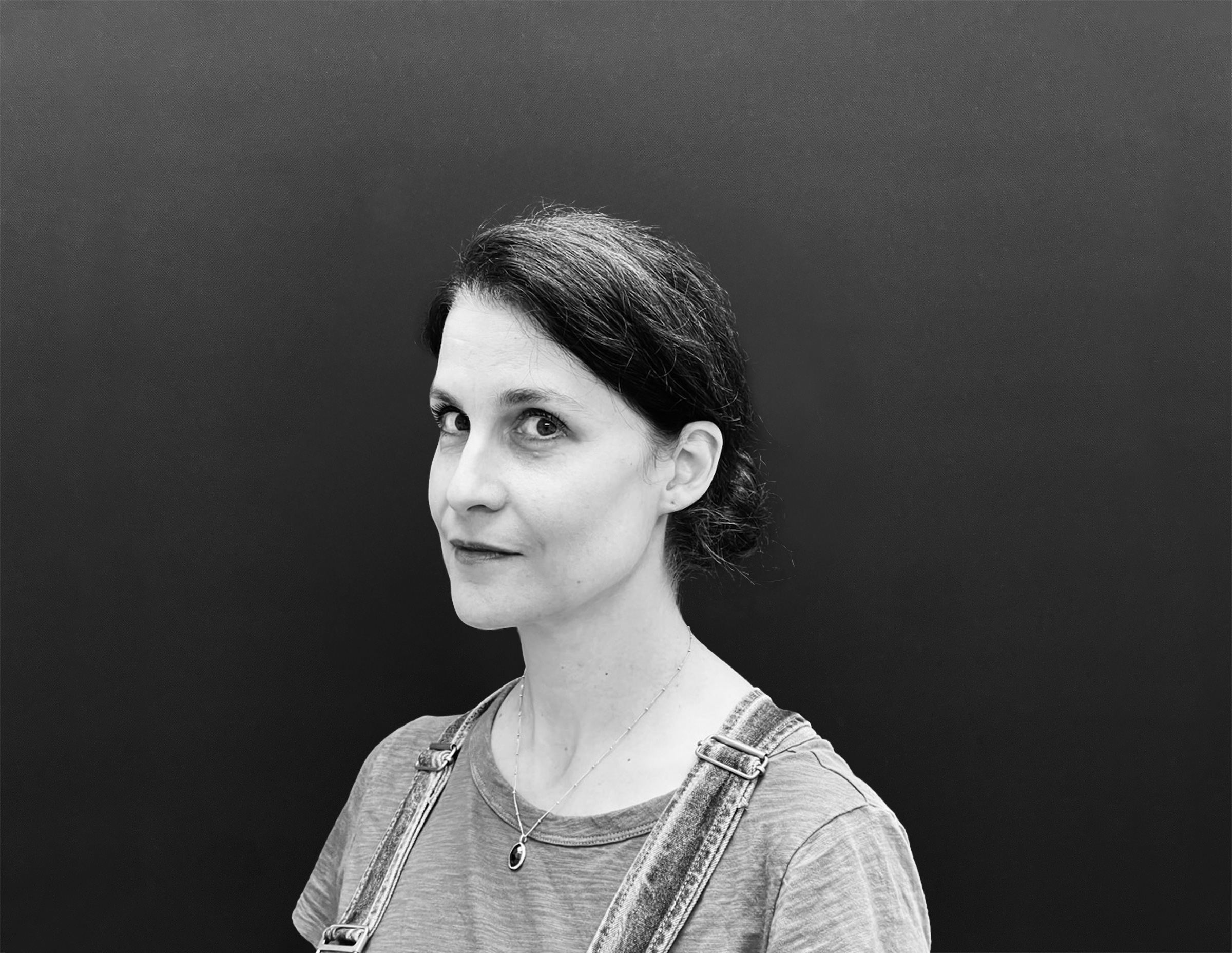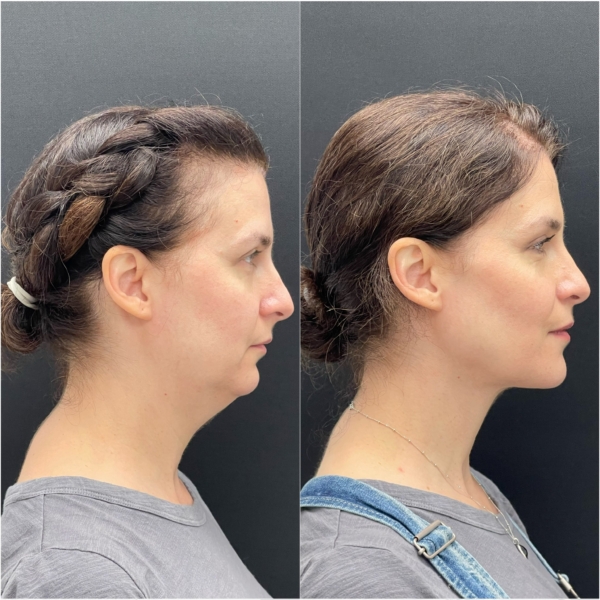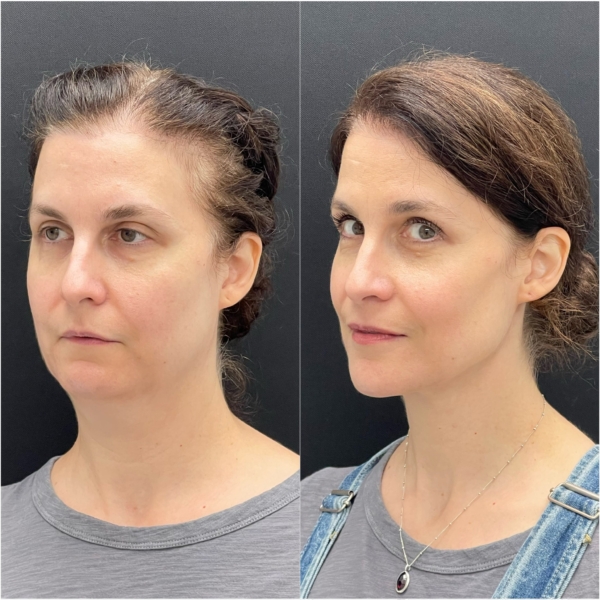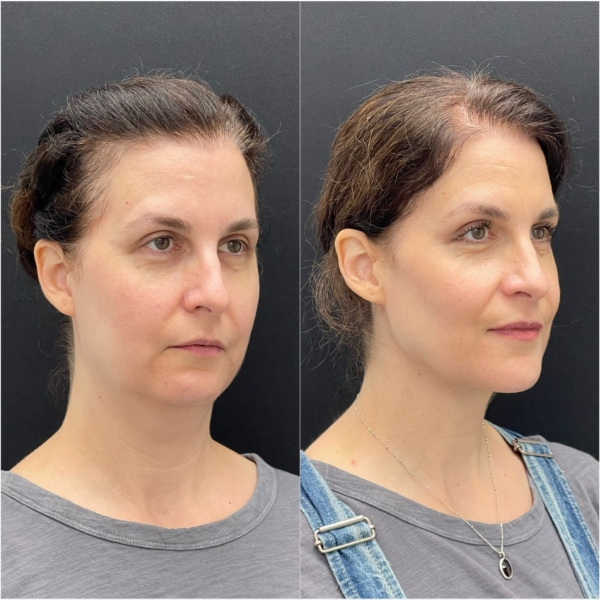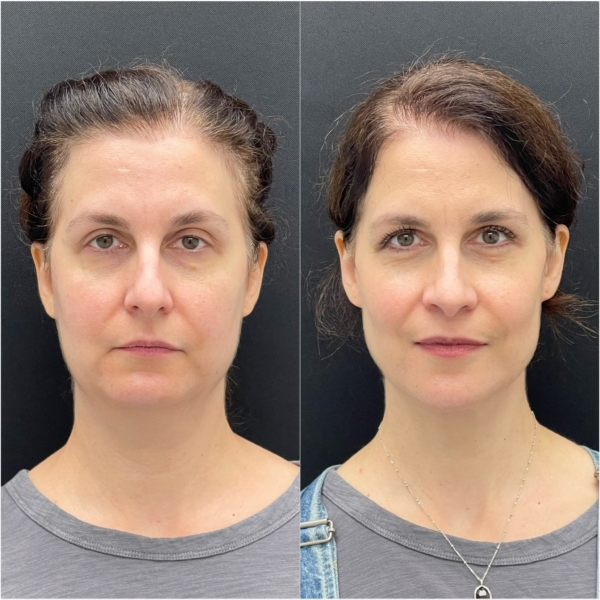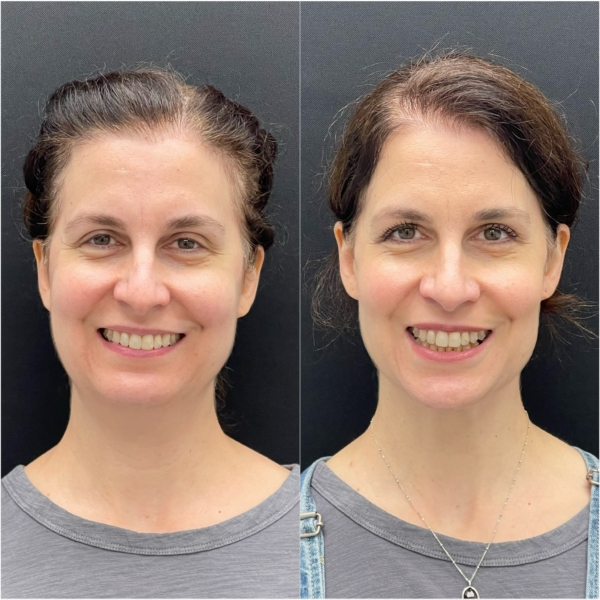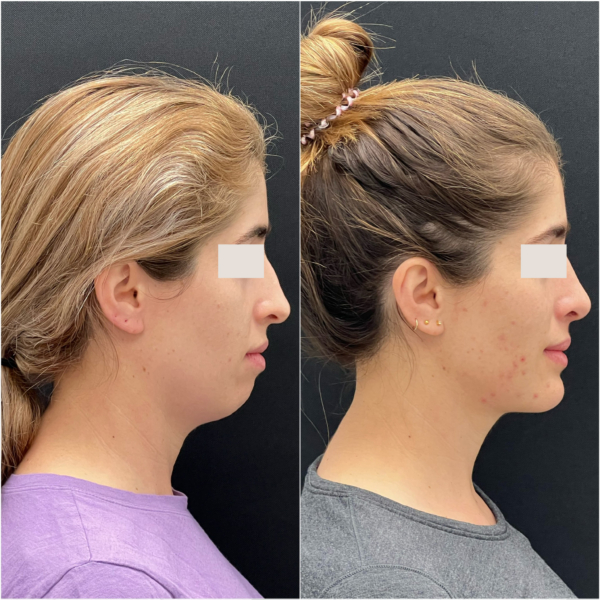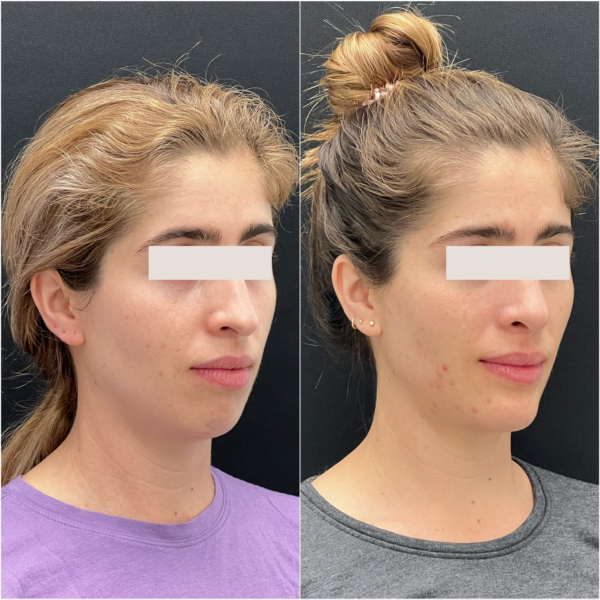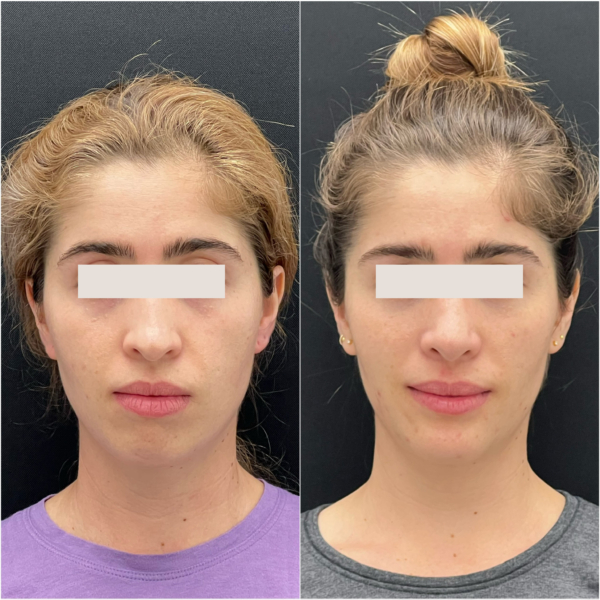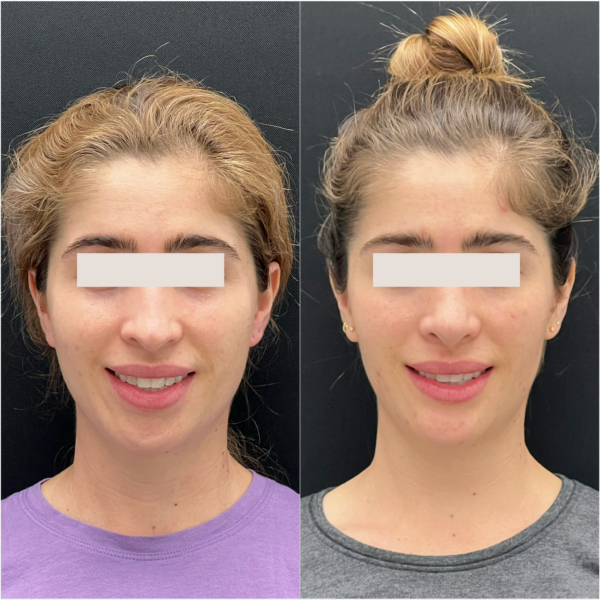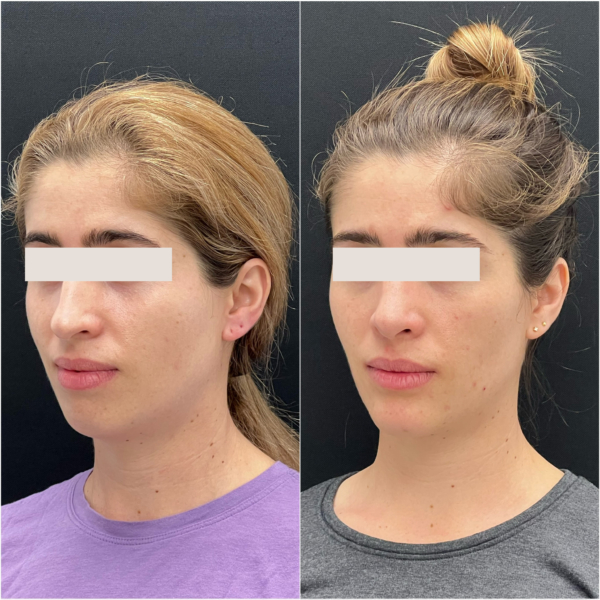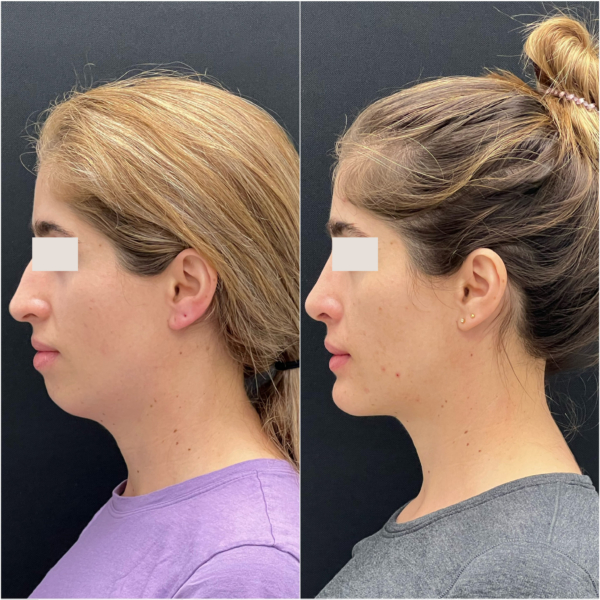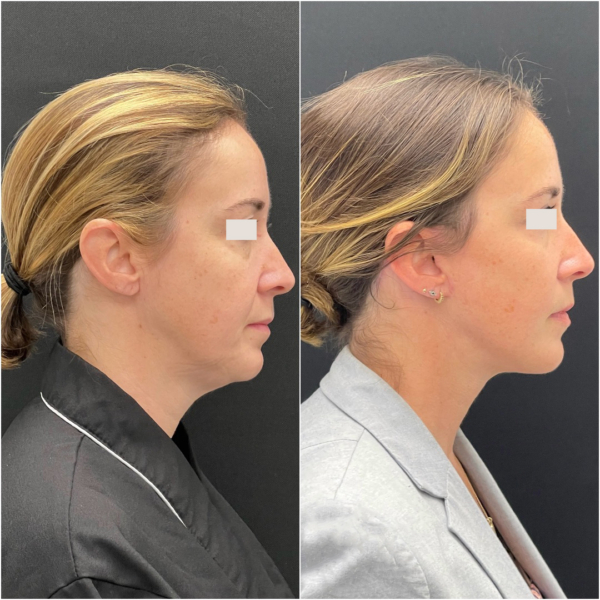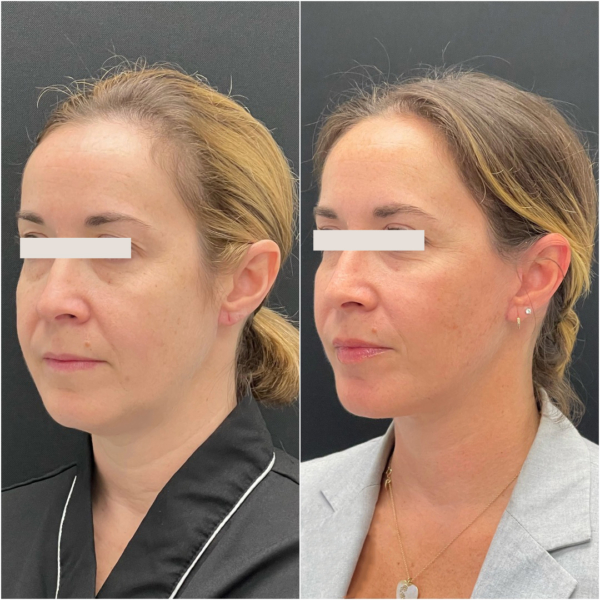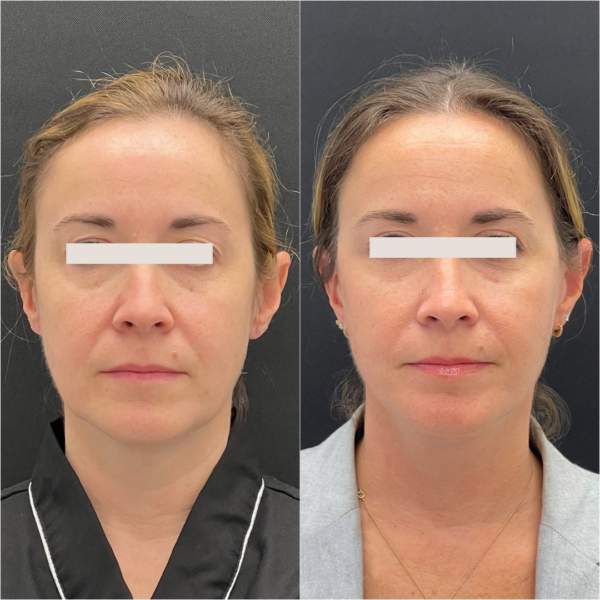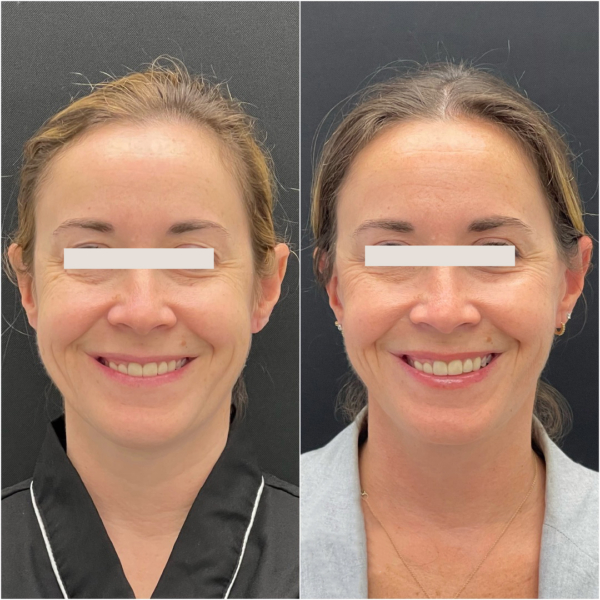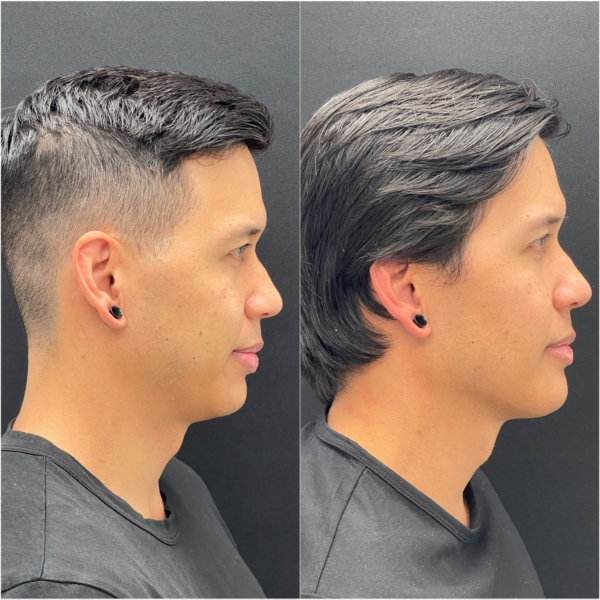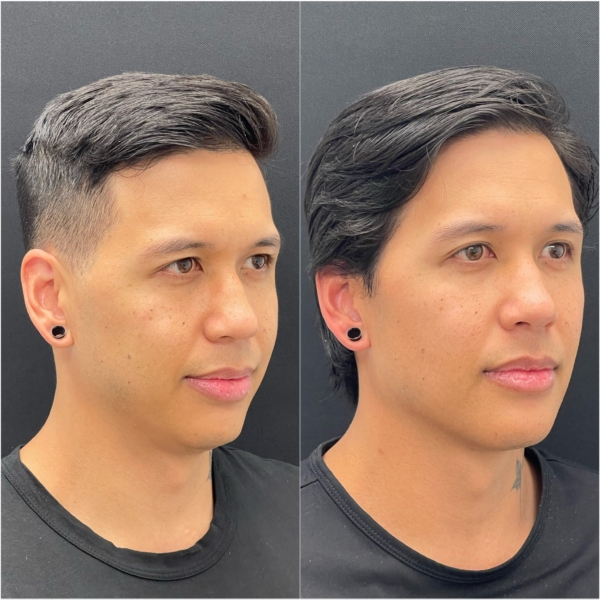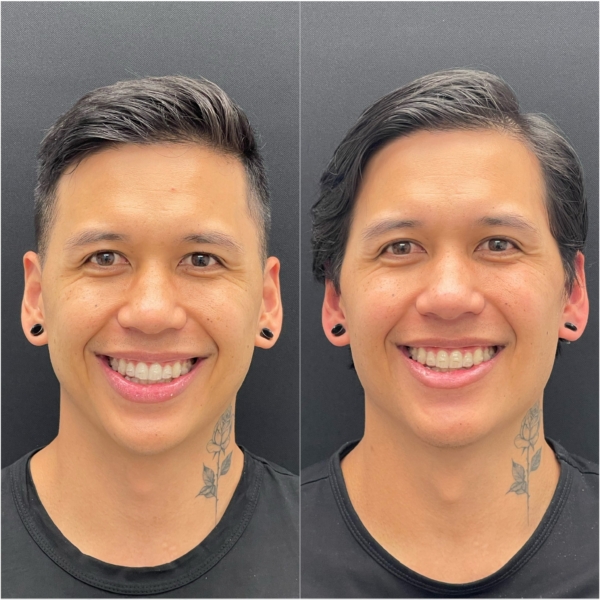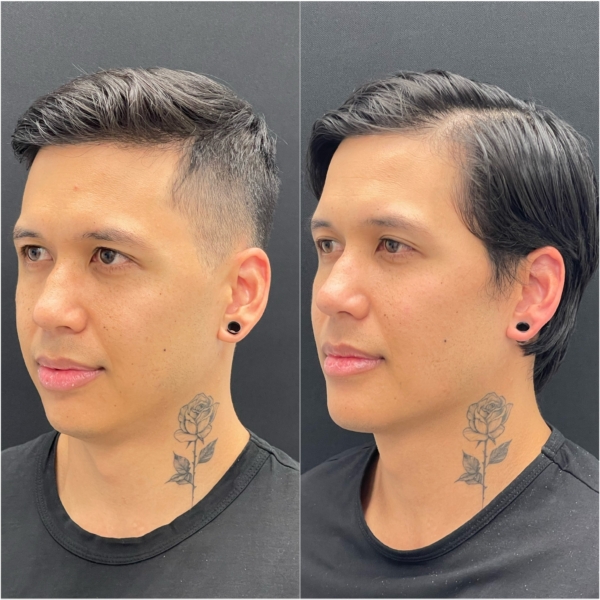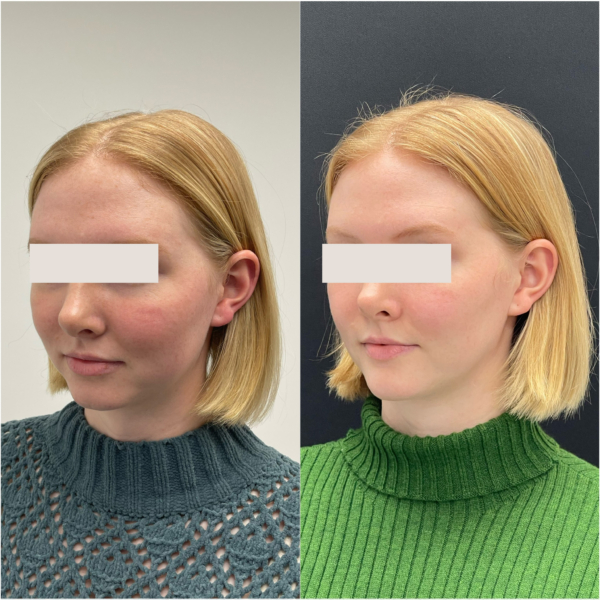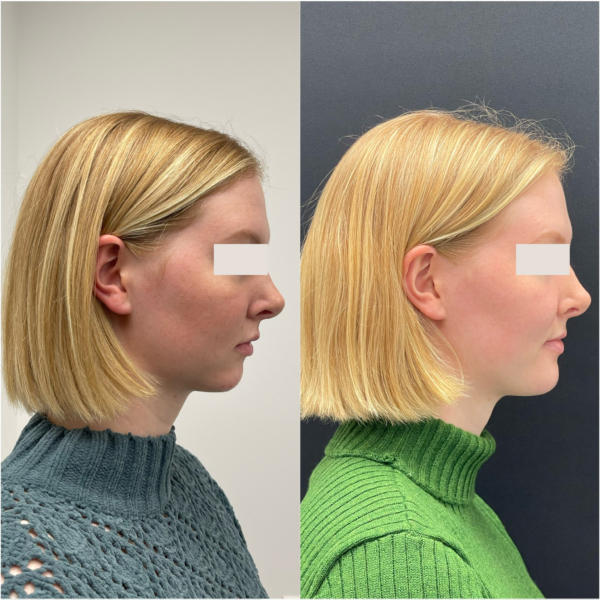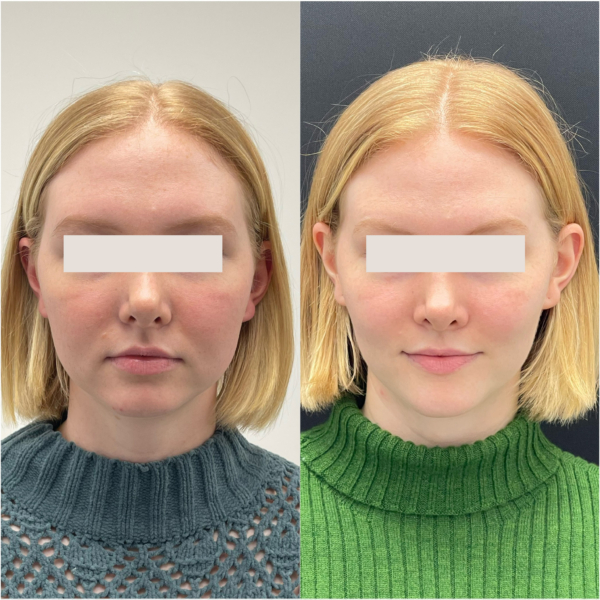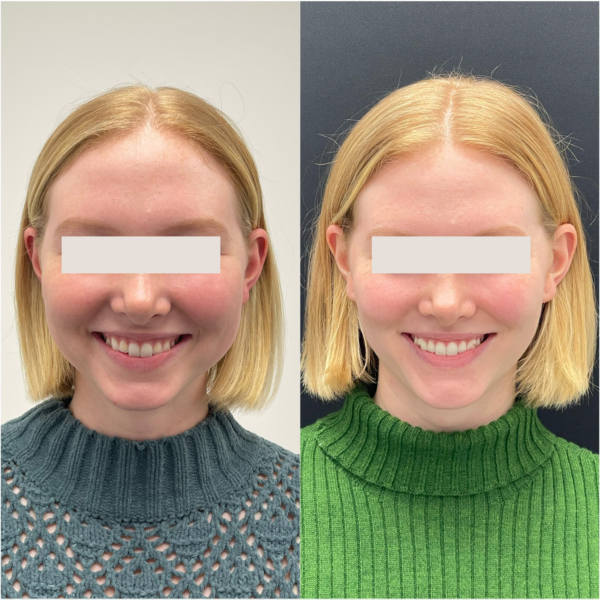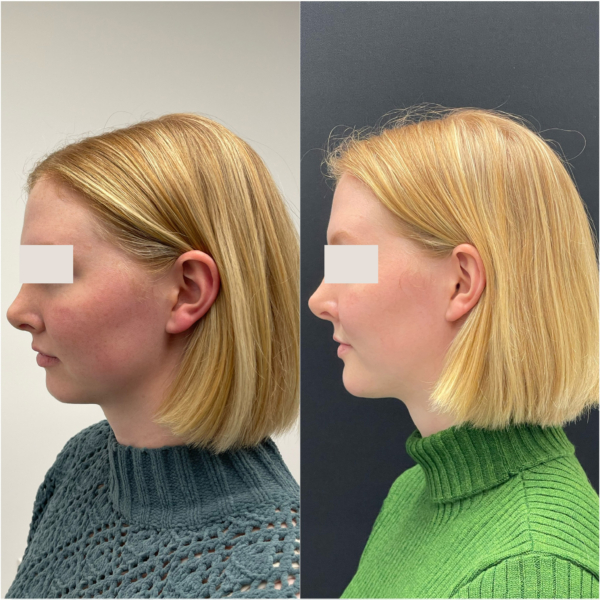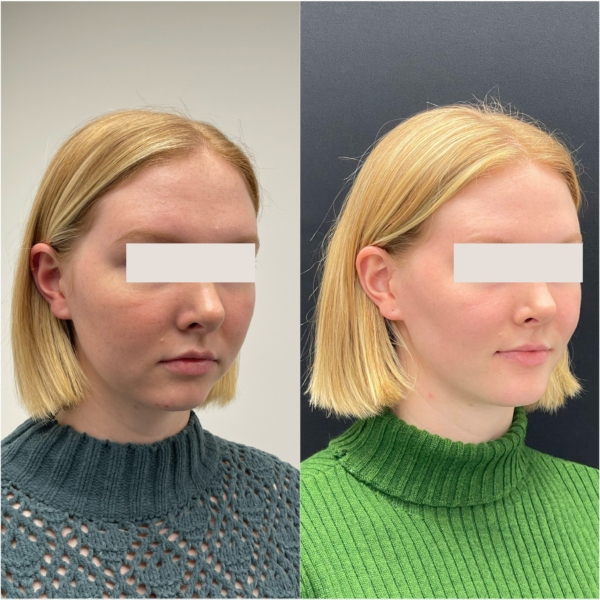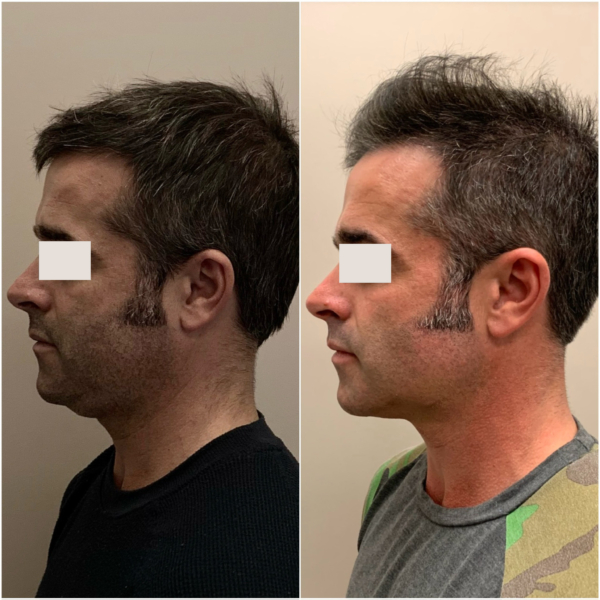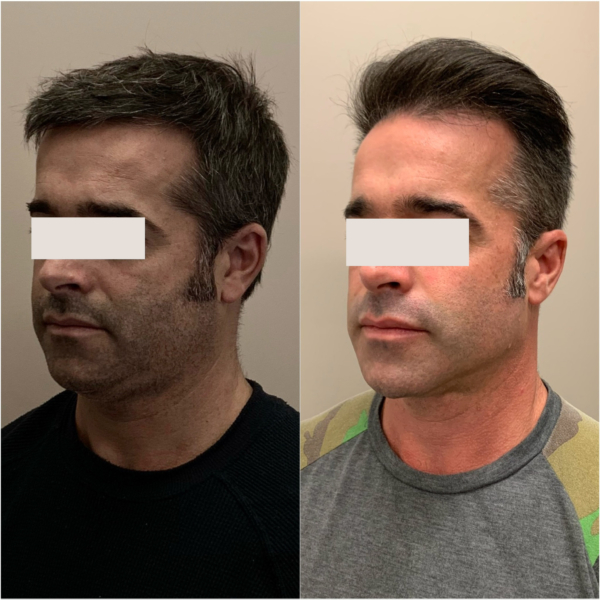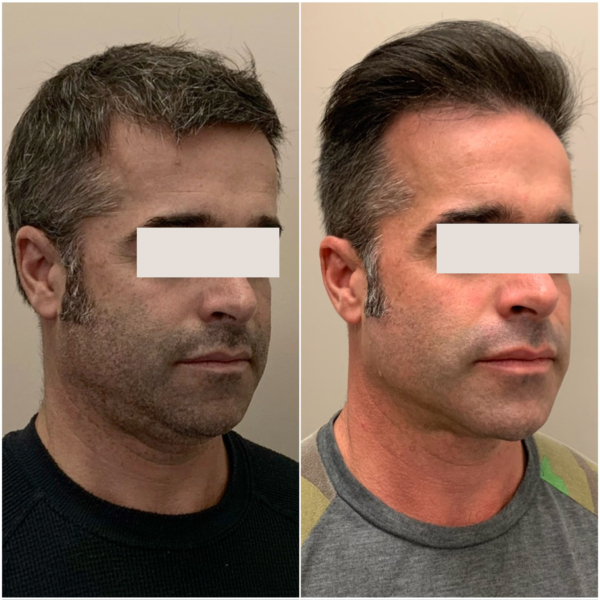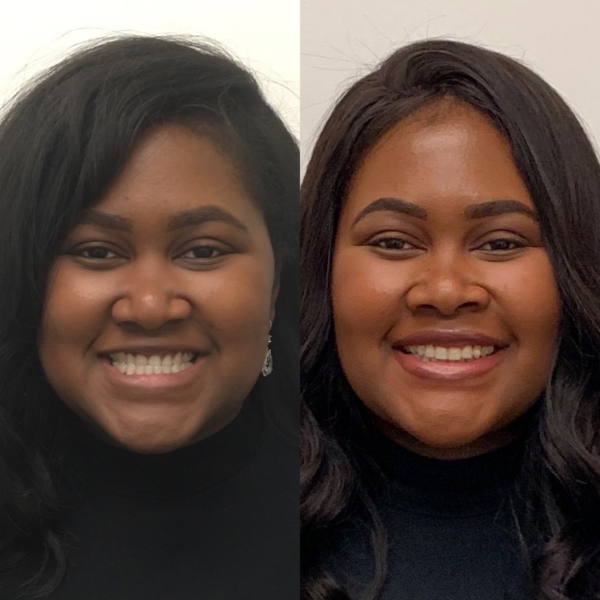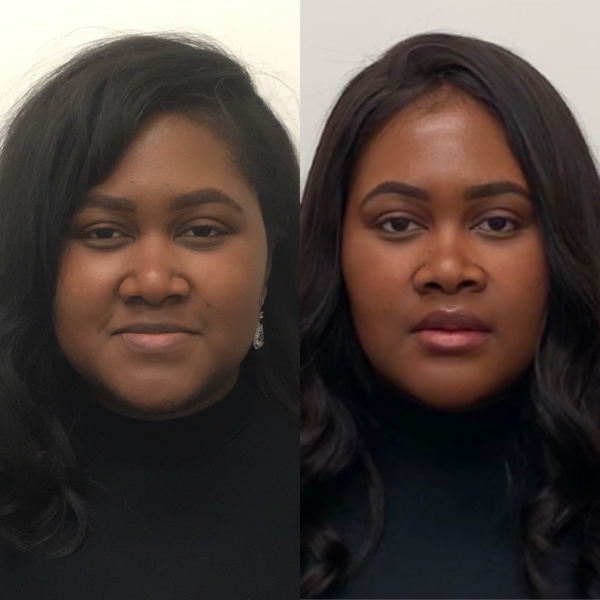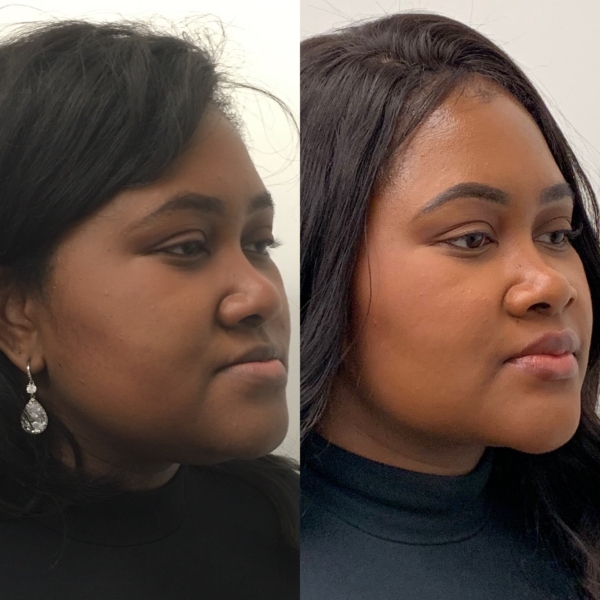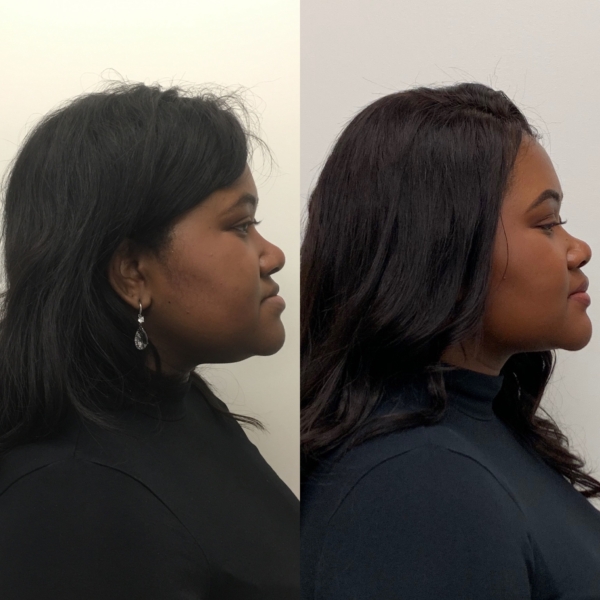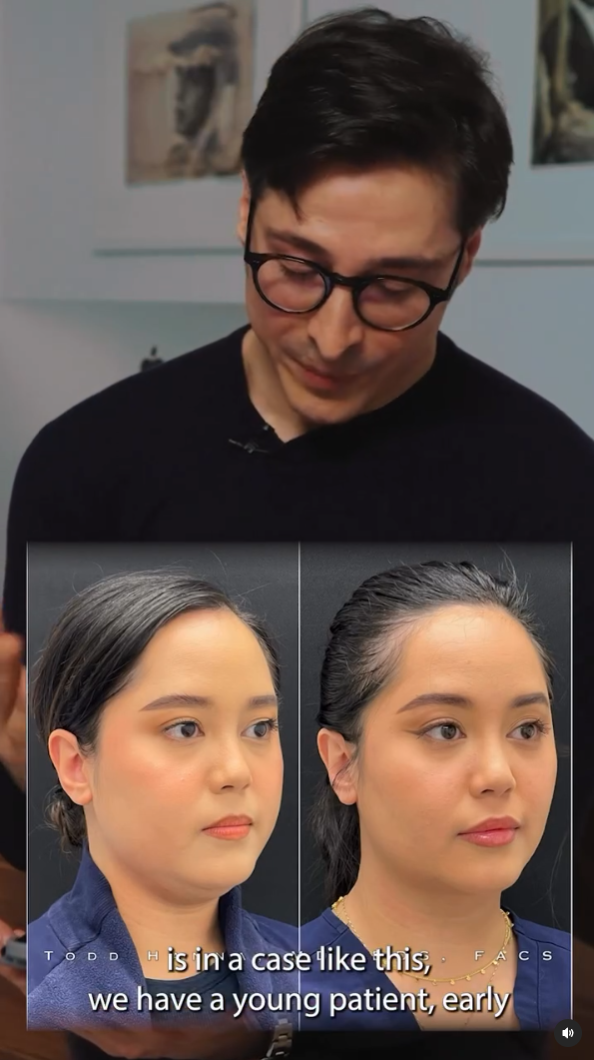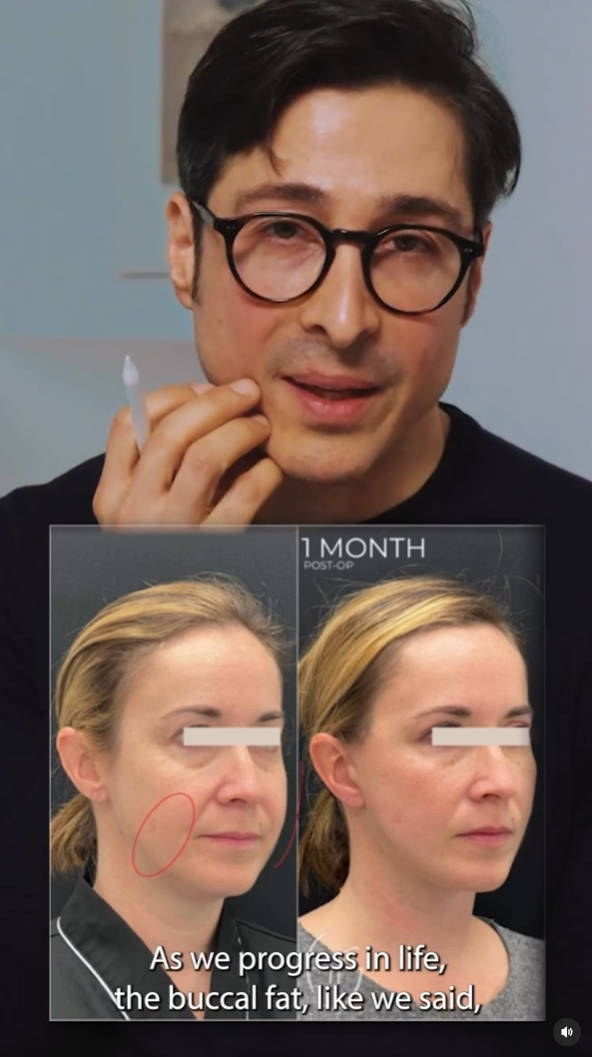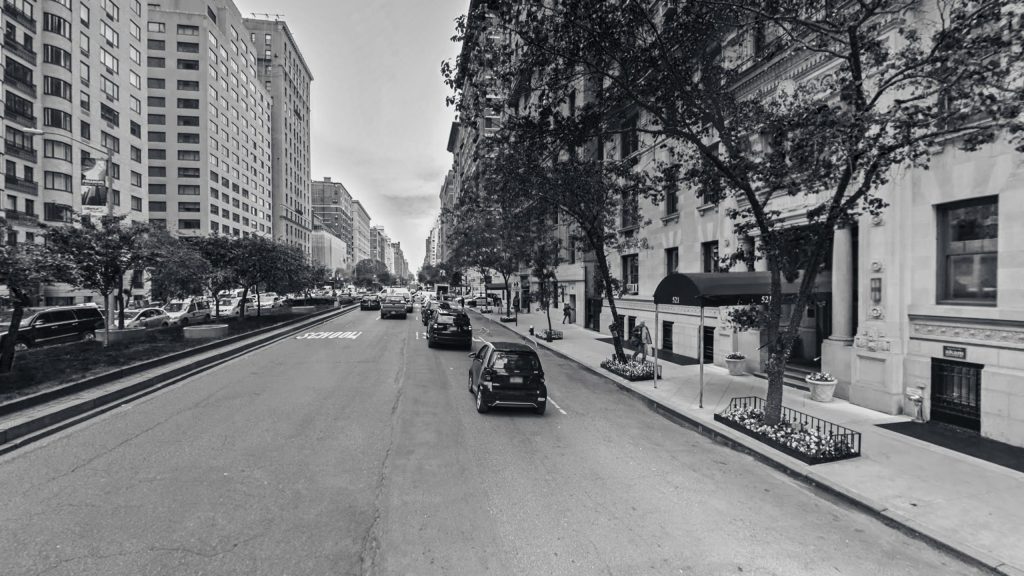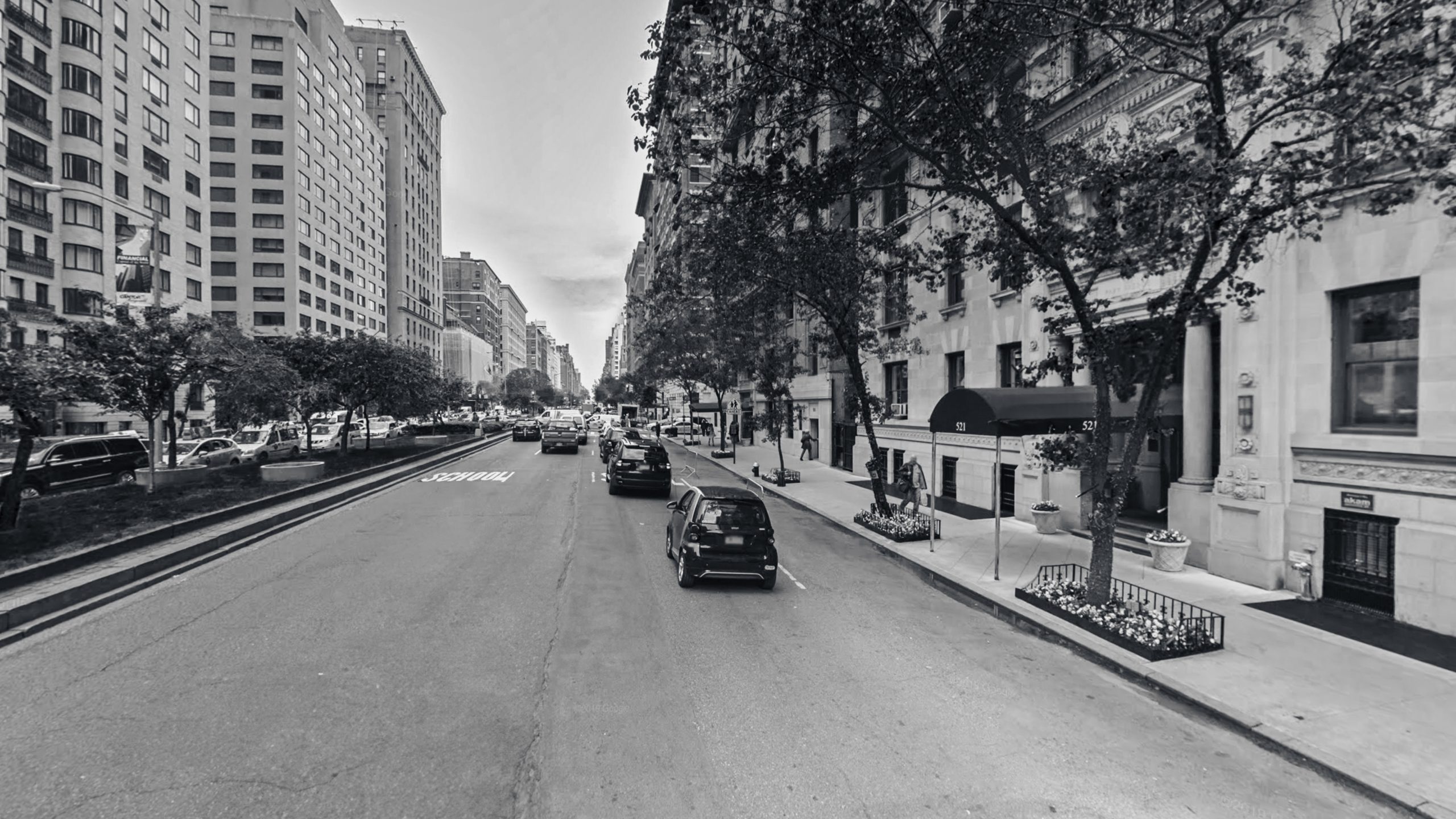Buccal Fat Reduction
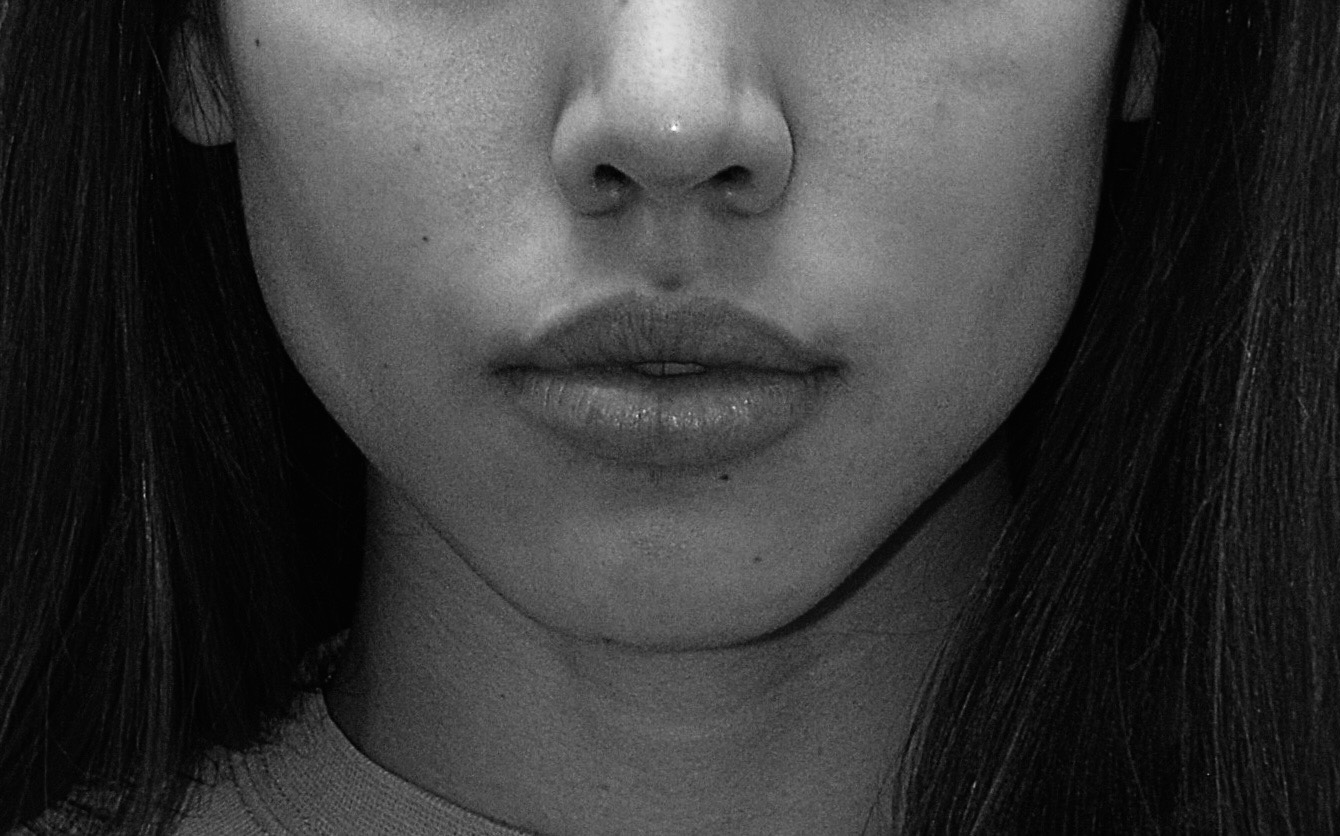
What is Buccal Fat Reduction?
Buccal fat reduction is a cosmetic surgical procedure designed to slim and contour the midface by removing some fat from the cheeks. During the procedure, a small incision is made inside the mouth, through which part of the buccal fat pads are carefully removed. The technique is minimally invasive, leaves no visible scars, and is customized to achieve a balanced, natural-looking result that complements the patient’s facial structure. In the right patients, buccal fat reduction can enhance cheekbone and jawline definition and create a more mature and aesthetically pleasing facial aesthetic. Recovery is typically quick, and results are long-lasting, offering patients a subtle yet impactful improvement in facial contour.
This is technically a “simple procedure,” but the true art here is in using a conservative approach, correct timing, and appropriate patient selection. We use this procedure commonly with heavy or convex faces and often with additional suggested procedures.
Dr. Hanna has used buccal (cheek) tissue in extensive reconstructive surgeries unilaterally (on one side of the face only), which has allowed him to understand this anatomy and procedure very well, as he was able to compare it to the untreated side over several years.
When used appropriately, buccal fat reduction can be a subtle yet powerful treatment.
Patient Results
View before and after photos of our patients who had this procedure.
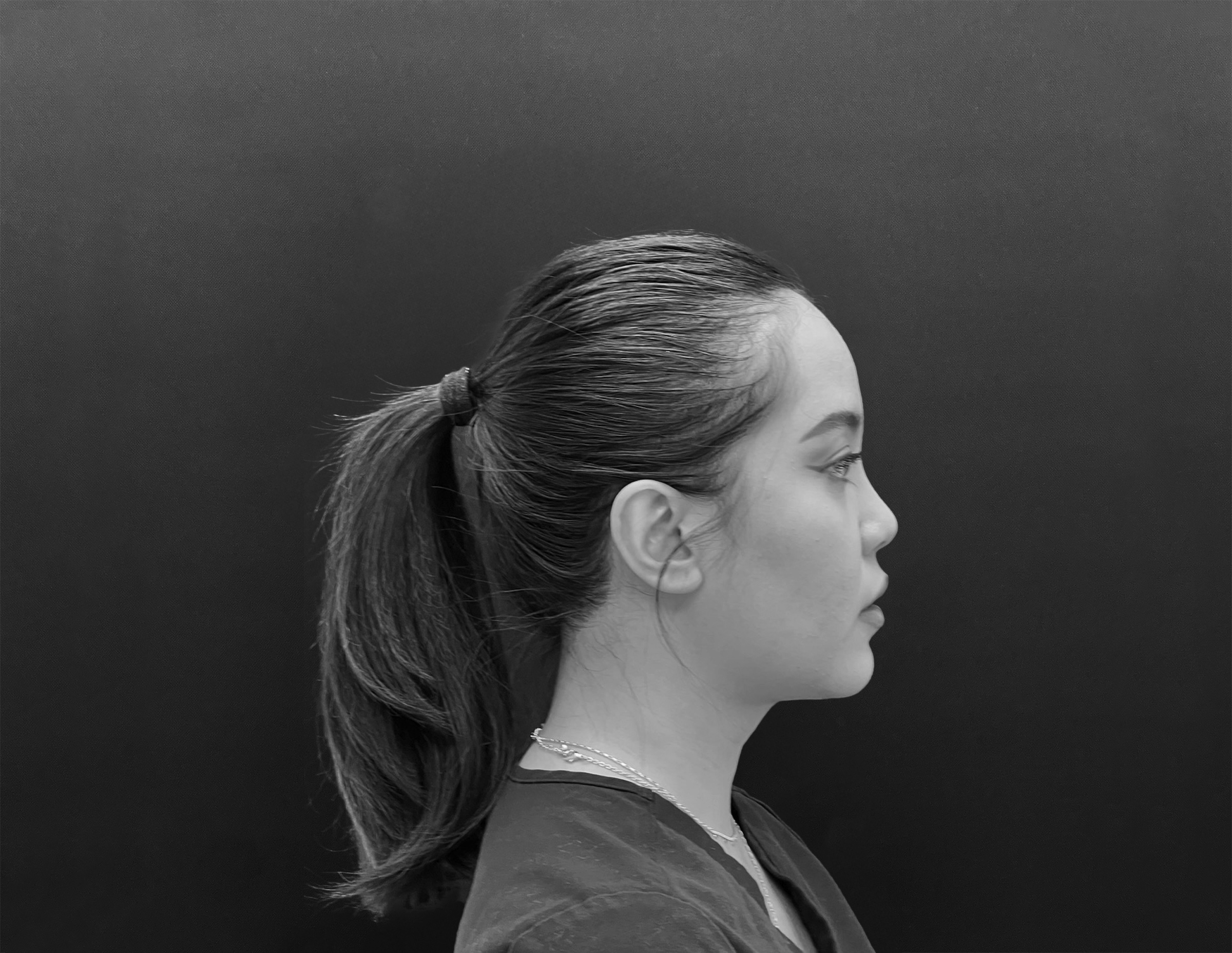
Benefits of
Buccal Fat Reduction
- Slims and contours the face by removing excess buccal fat, resulting in a more defined facial appearance
- Enhances cheekbone definition
- Can provide a more angular jawline
- No visible scarring as incisions are made inside the mouth
- Quick recovery with most patients resuming normal activities in a day or two
Who is a good candidate for buccal fat reduction?
We essentially categorize candidates for buccal fat reduction in three groups:
- Younger patients (age 18-30) with heavy, doughy, or excessively round cheeks: These patients will usually have great skin elasticity, and removing some buccal fat slims the face, creates more definition, and actually prevents long term aging as it prevents the buccal fat pad from dropping into the jowl region, making the face and jawline droopy.
- Patients a bit older (30s to 50s) who would have benefited from buccal fat reduction at a younger age, but now have less skin elasticity than before: The buccal fat has now begun to prolapse thru the cheek (which happens with age much like a lower eyelid bag) and sag into the jowl area. Removing buccal fat without skin lifting (face or neck lift) and/or bone structure expansion (orthognathic surgery, genioplasty, chin/cheek/jawline implants) will leave the area hollowed and further unsupported because there is less elasticity in the skin and muscles of the face. These patients do very well with buccal fat reduction at the same time as other procedures such as face lift, neck lift, jaw surgery, or chin/cheek/jawline implants.
- Patients with an overly convex face: Commonly these patents have weak chins, oblique necks, and narrow jaw lines. The buccal fat pad tends to be positioned lower and more anteriorly in these patients and is more prominent due to the deficient bone structure. These patients will do especially well with combined procedures that assess the bone structure (e.g. genioplasty or chin/jawline implants) as well as the soft tissue (submentoplasty and buccal fat reduction) that work together to decrease the convexity of the face.
Where will the incisions be made for buccal fat reduction?
The incisions are made inside the mouth in the natural folds of the cheek, which means there are no external scars. The incisions are small and the healing process is quick.
What type of anesthesia is used?
This is commonly done under a light “twilight” (IV) sedation. This allows you to remain comfortable and relaxed during the procedure.
How long does this procedure typically take?
One hour (Patients can return home the same day)
When can I return to normal activities after buccal fat reduction?
Most patients can return to work and other normal activities within 7 days after surgery.
How long do the results of buccal fat reduction last?
The results of buccal fat reduction are typically permanent, as the fat cells removed do not regenerate. However, it is important to maintain a healthy lifestyle, as weight fluctuations can affect facial appearance.
Will buccal fat reduction make me look older, or age faster?
Yes and no. Buccal fat in the right patient at the right time of life while there is adequate skin elasticity will not prematurely age them. On the contrary, it will prevent prolapse and drooping of the buccal fat pad with age, so they will likely age better. Buccal fat reduction in older patients with poor skin elasticity will leave the skin hollowed, so this should only be done with a face lift and/or jaw surgery or facial implants.
It is important to note that in younger patients, buccal fat reduction will make the appearance more angular and mature. People that wish to maintain a “baby-face” appearance will not be happy with this treatment. People that want to look more structured and “sexy” are very happy with this procedure.
What to Expect
After Surgery
- Most patients can resume work (and are considered “restaurant-ready”) within 3-5 days
- For social events such as weddings (guest), graduations, or holidays, one should allow at least 7-10 days for recovery
- Exercise can be resumed in 5-7 days
- Usually about 90% of swelling/bruising resolves within one week
- We will see the patient for postoperative appointments typically after 5-7 days, one month, 3 months, 6 months, and one year
- Sutures are dissolvable and do not need to be removed
